Subscribe to our newsletter
Sign up for the latest news & offers from SafeSite
Quick and competitive quotes. Nationwide coverage
Quick quotes. Nationwide coverage
Race meetings offer great excitement … but to organisers, promoters, driver teams and spectators alike, track-side thrills also mean track-side spills and a high level of risk!
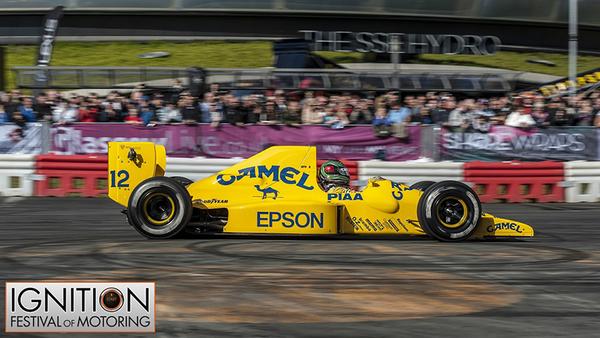
The edge of a racetrack is a risky place – from the hazard of high-speed impact of errant vehicles, or from being ‘in the way’ of a collision between vehicles. The track edge is also the demarcation of a buffer zone, to protect spectators too from the perils of a vehicle leaving the track unexpectedly and with considerable momentum behind it. So how can race track venues and meeting organisers maximise the safety options for drivers, teams and spectators alike?
Barrier protection is commonplace along vehicular routes – whether public highways, private roads and lanes or race tracks. These protective barriers always have a very specific purpose: to save lives in two ways, by protecting those behind the barriers and those unfortunate enough to make impact with the barriers.
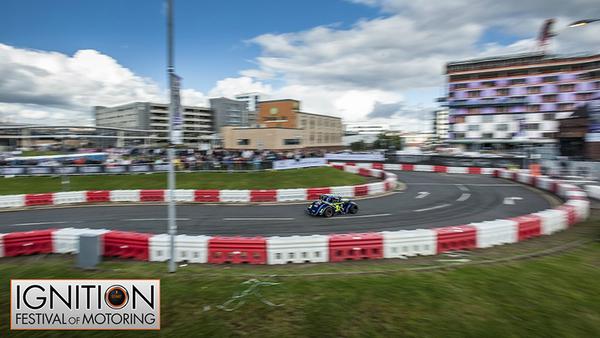
For track-sides specifically, barrier protection should be fit for the purposes of:
As such, a track-side barrier has plenty to do. Spectators, track-side support crews and media personnel behind the barrier are all at risk every time vehicles speed by, whilst racing drivers put themselves in danger every time they strap in and start up.
Non-concrete safety barriers work by complementing the ‘crumple zone’ of contemporary car designs. These zones are the areas of a car which are specifically designed to absorb the force of impact, reducing the energy of a vehicle travelling at high speed by collapsing safely within themselves, rather than being a rigid barrier (such as concrete) which returns the force of the impact onto the driver.
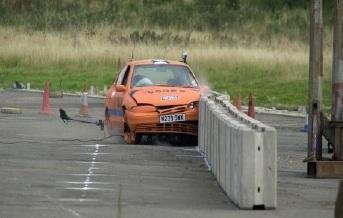
Contemporary traffic barriers work in the same way, by offering a ‘crumple zone’ of their own, which has an element of ‘give’ which absorbs, spreads and deflects the kinetic energy or ‘force’ of an impact. It’s this ‘give’ which reduces the risk of death and injury, in comparison to previous methods, where barrier ‘protection’ offered by concrete barrier systems resulted in sudden stops into an immovable barrier. In these instances, drivers commonly bore the brunt of impact, such as US speedway champion Kyle Busch’s head-on crash into a concrete wall whilst racing.
In fact, NASCAR racing is a case in point: the concrete barriers commonly used on race tracks led to so many high-profile motor racing deaths and injuries that there were growing expressions of concern that all impact zones on race tracks should be protected through systems which don’t include lethal concrete barriers, but safer alternatives.
This necessity spurred the invention of a softer barrier system of substantial polythene cylinders and plates, initial SAFER barriers which have revolutionised track-side safety (as reported in Motorsport).
Now installed across many leading race tracks in the US, the design of SAFER barriers has continued to evolve into one which not only continues to make race tracks safer, but also informs on the most effective types of vehicle barrier safety worldwide. The SAFER design works on a similar principle to the UK-wide RB22: by creating a ‘soft’ wall barrier which absorbs and spreads out the impact, reducing the risk of deflecting it back onto the driver, or allowing vehicles to pass straight through to spectators.
SafeSite’s RB22 barriers offer exactly this type of protection, along with safety results which are really gaining traction for track-side safety. The design and specification of the RB22 system means that water filling increases stability and offers high velocity absorption.
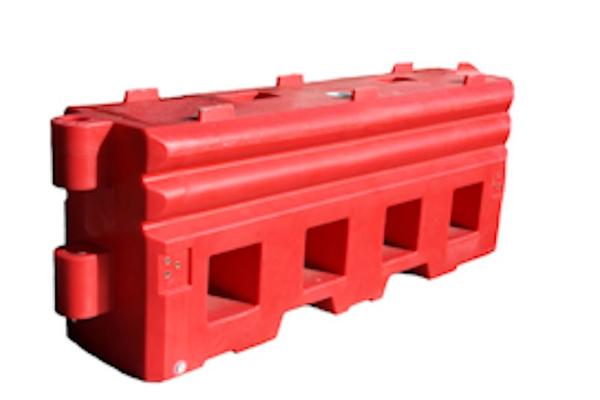
The system is fully tested and quality-assured to meet industry essential BS EN1317 – N1 50mph Working Width W7 and, as such, the RB22 offers a UK-wide race-track option which compares favourably to SAFER barriers:
PROTECTIVE OUTER DESIGN:
IMPACT RESISTANCE:
When it comes to actual flexibility in deployment, RB22 also offers distinctive benefits, including (but not limited to):
At UK motor sports events and race tracks, as well as general traffic management, the RB22 is fast becoming a versatile and popular barrier. RB22 recently proved to be the barrier system of choice at one of this summer’s high-profile, high-speed and potentially high-impact motor sport events – the Ignition Festival of Motoring in Glasgow. For this event, RB22 barriers, supplied and installed by SafeSite Facilities, were chosen for their enhanced support and protection in absorbing impact from fast-moving vehicles.
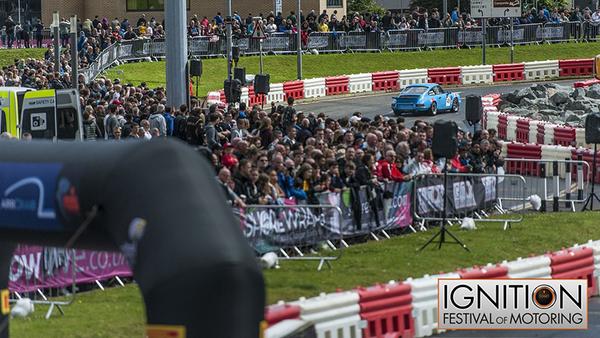
If you want to know more about the specification, performance and deployment options for RB22 barrier systems, as well as availability for hire or purchase across the UK, please contact the SafeSite Facilities team!
We respond in under 30 mins on average (excl. weekends)